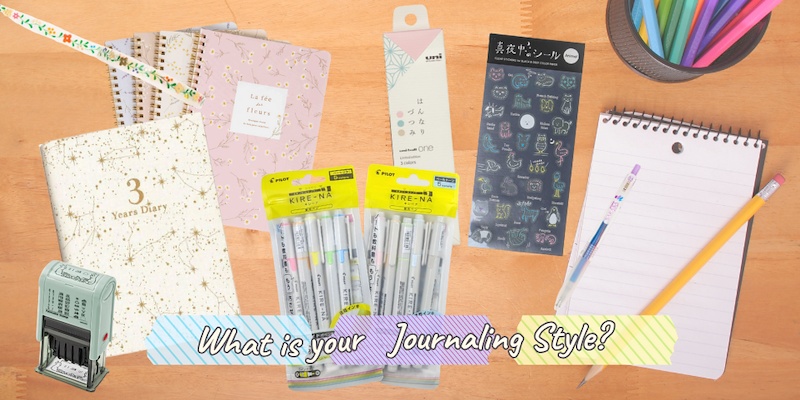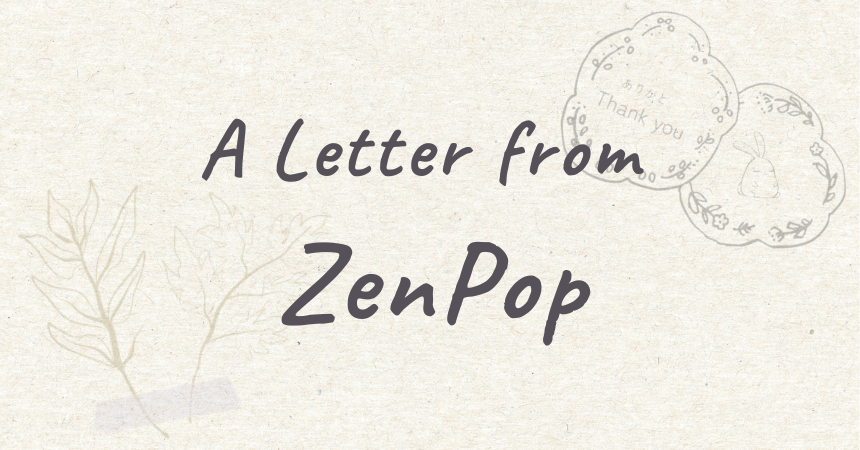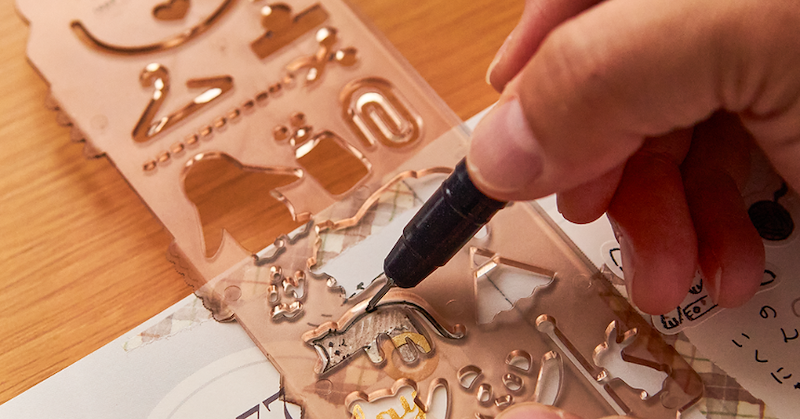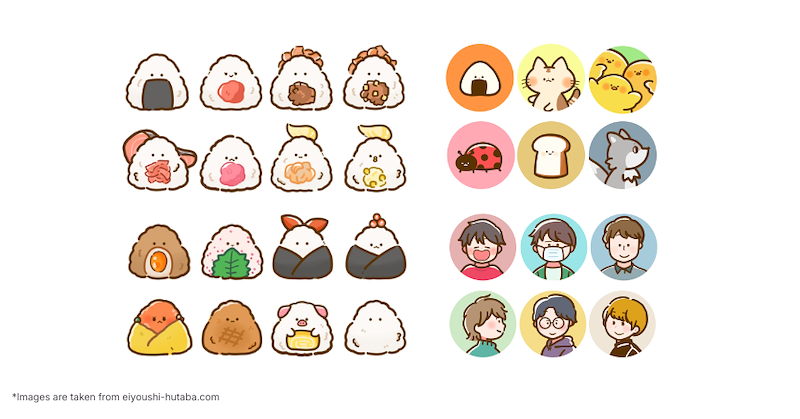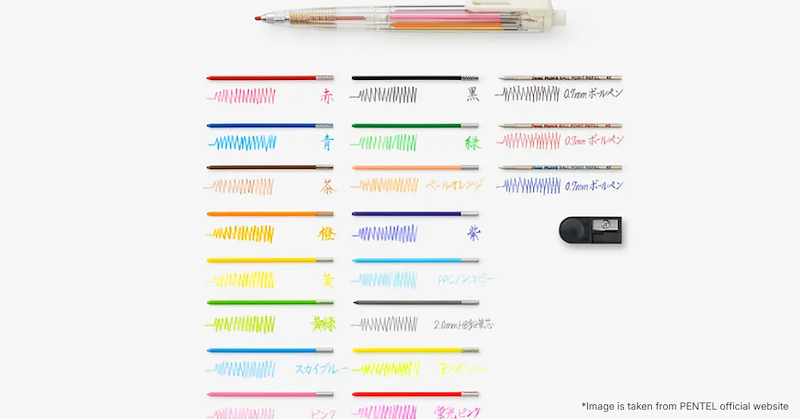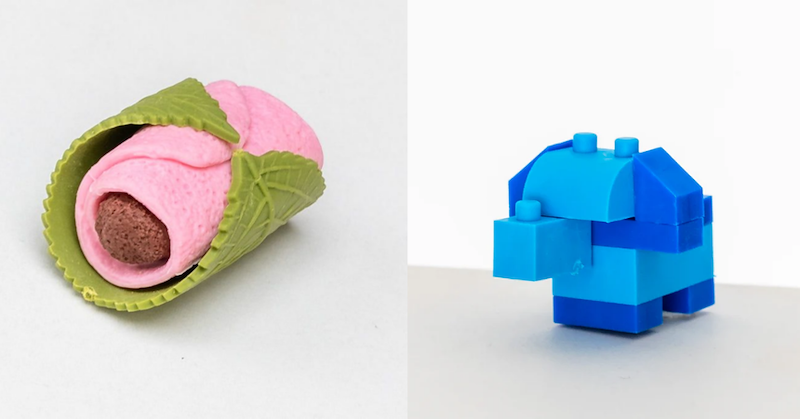Blog
Top Tags
tips & guides
|
Japanese culture
|
reviews & rankings
|
writing tools
|
art & craft
|
planners & journaling
|
creative ideas
|
notebooks & paper
|
stickers & tapes
|
brands & makers
|
Featured Article
There’s no single correct way to journal. This guide will help you explore different journal styles, what journaling suits you and how to begin journaling.
A complete guide to Bungu Joshi Award winners from 2023–2025. Explore fan-voted Japanese stationery award items and trends in modern bungu.
A cozy end-of-year letter from the ZenPop team. Thank you for another year of stationery joy, community, and creativity. Happy Holidays & see you in 2026 ♡
Explore the stationery and craft tools used by designer Motoyama Maho — from tape dispensers to precision tweezers. A look into the quiet, meticulous world of paper making.
Discover the best Japanese journal accessories and templates from Midori and Kutsuwa. Elegant, practical tools for journaling, planning, and creative layouts.
Learn how to draw a kawaii character using simple shapes, cute faces, chibi proportions, and pastel colors. Easy cute drawing steps + ideas.
Discover the best multicolor writing tools—from Jetstream multi pens and FriXion’s improved erasable ink to Pentel Art Multi pencils for creative work.
Discover the cutest Japanese erasers—from Iwako food sets to Sumikko Gurashi, sushi, cherry blossom, and Hello Kitty designs to brighten any pencil case.
Explore the most original Japanese erasers in 2025—from Kokuyo Mirikeshi and Kadokeshi to electric, retractable, foam, and precision erasers designed for students and artists.
Our year-end office and logistics break runs from Dec 30 to Jan 4. Customer Service returns on Jan 5. Please check our holiday schedule before placing orders.
Discover where to buy Japanese stationery—Loft, Hands, MUJI, Itoya, character shops, online stores like ZenPop, plus our full Tokyo shopping guide.

